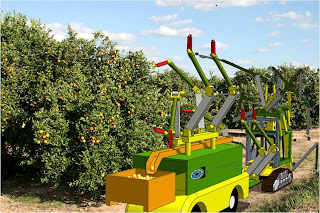
This is a laptop that has a touch screen display on the lower segment that doubles up as a mouse or can carry out the operations system in the background. You can also use it as an extension of the screen. The frame is sensor controlled and lights up in the dark. This laptop is still currently being established, so it should be coming out in the near future. They don't have much of a description of it other than what I have mentioned, but I just thought this would be neat to see because it's coming out soon. I got this info from http://www.ubergizmo.com/15/archives/2009/04/moonlight_dual_screen_laptop_concept.html











































